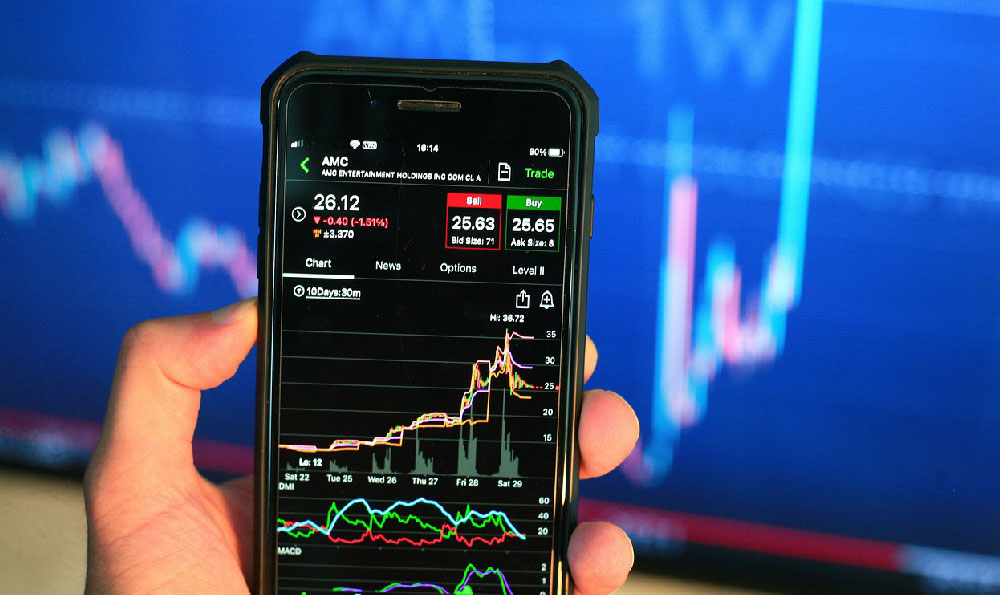
Investing in Shiba Inu (SHIB) is a decision that requires careful consideration. While it may seem appealing due to its low price and potential for rapid gains, it's crucial to understand the risks and complexities involved before allocating any capital. This analysis aims to provide a comprehensive overview of how and why someone might consider investing in Shiba Inu, while also highlighting the potential downsides and offering alternative investment strategies.
Shiba Inu, created in August 2020, is an Ethereum-based altcoin that quickly gained popularity due to its meme-inspired nature and association with Dogecoin. Its initial surge was fueled by social media hype, community support, and a desire to emulate Dogecoin's success. The "Shiba Army," as its dedicated followers are known, actively promoted the token, contributing to its price volatility and widespread recognition.
One primary reason people are drawn to Shiba Inu is the potential for high returns. The cryptocurrency market, in general, is known for its volatility, and meme coins like SHIB can experience significant price swings in short periods. Investors hoping to capitalize on this volatility may see Shiba Inu as an opportunity to turn a small investment into a substantial profit. However, this is a high-risk, high-reward scenario. The same factors that can drive prices up rapidly can also cause them to plummet just as quickly. The early adopters of Shiba Inu who bought in at very low prices reaped enormous rewards when the coin surged. However, the vast majority of investors entered the market at much higher prices and faced significant losses during subsequent downturns.

The low price point of SHIB also makes it seem accessible to a wider range of investors, especially those new to the cryptocurrency market. Buying millions or even billions of SHIB tokens for a relatively small amount of money can create the illusion of owning a significant asset. This perception can be particularly appealing to younger investors or those with limited capital who are looking for a low-barrier-to-entry investment. However, it's essential to remember that the total value of your investment is determined by the price per token multiplied by the number of tokens you own, not just the sheer quantity of tokens.
Another reason for Shiba Inu's appeal is its community. The Shiba Army is a highly engaged and vocal online community that actively promotes the token and its ecosystem. This community support can provide a sense of belonging and shared purpose, which can be especially attractive to those who feel excluded from traditional financial systems. The community also drives development within the Shiba Inu ecosystem, supporting initiatives like ShibaSwap, a decentralized exchange, and other projects aimed at increasing the token's utility. However, relying solely on community sentiment for investment decisions is inherently risky. Market sentiment can be fickle and driven by hype rather than fundamental value.
Despite the potential upsides, investing in Shiba Inu comes with significant risks. The primary risk is its extreme volatility. The price of SHIB is highly susceptible to market sentiment, social media trends, and overall cryptocurrency market conditions. News events, influencer endorsements, or even simple viral memes can trigger massive price swings, making it difficult to predict and manage risk.
Another significant risk is the lack of fundamental value. Unlike established cryptocurrencies like Bitcoin or Ethereum, which have clear use cases and underlying technology, Shiba Inu's primary value is derived from its meme status and community support. This makes it highly speculative and vulnerable to sudden shifts in market sentiment. If the hype surrounding SHIB fades, the price could decline dramatically, leaving investors with substantial losses.
The concentration of token ownership is also a concern. A relatively small number of wallets hold a significant portion of the total SHIB supply. This means that these large holders, known as "whales," have the power to significantly influence the market by buying or selling large quantities of tokens. If whales decide to sell their holdings, it could trigger a massive sell-off and crash the price of SHIB.
Furthermore, the Shiba Inu ecosystem, while growing, is still relatively immature compared to more established cryptocurrency projects. ShibaSwap, the decentralized exchange, offers limited functionality compared to other DeFi platforms, and the token's utility outside of the Shiba Inu ecosystem is still limited. This lack of real-world use cases makes it difficult to justify a long-term investment in SHIB.
Before investing in Shiba Inu, it's crucial to conduct thorough research and understand the risks involved. Never invest more than you can afford to lose, and diversify your portfolio to mitigate risk. Instead of relying solely on meme coins, consider allocating capital to more established cryptocurrencies with strong fundamentals and clear use cases.
For investors looking for more stable and predictable returns, traditional investment options like stocks, bonds, and real estate may be more suitable. These assets are generally less volatile than cryptocurrencies and offer a more diversified portfolio.
Another approach is to explore other altcoins with stronger fundamentals and more established development teams. Projects that are actively building innovative technologies and addressing real-world problems may offer better long-term investment opportunities than meme coins driven by hype.
In conclusion, investing in Shiba Inu is a highly speculative venture that comes with significant risks. While the potential for high returns may be tempting, it's crucial to understand the volatility, lack of fundamental value, and concentrated ownership before allocating any capital. Thorough research, diversification, and a clear understanding of your risk tolerance are essential for making informed investment decisions. Consider exploring alternative investment options that offer greater stability and long-term growth potential. Remember that responsible investing involves balancing risk and reward and making informed decisions based on your individual financial goals and circumstances.





